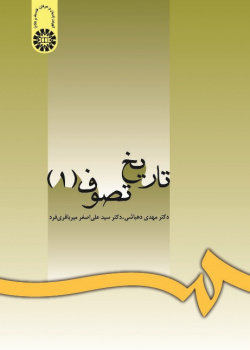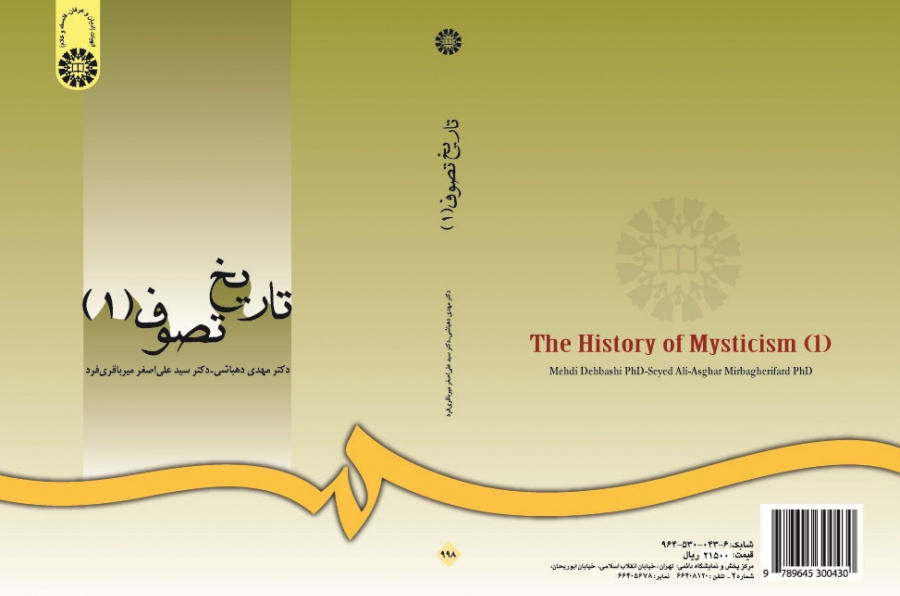

The History of Mysticism (1)
When studying the history of Sufism, it is necessary to pay attention to various factors that contribute to its genesis and formation as well as its relation to social and political issues, the beliefs and mental disposition of the Sufies and the process of producing mystic texts. History of Sufism is one of the important fields of exploration in Islamic mysticism which tries to provide a clear picture of Islamic mysticism by explicating influential elements in the formation and evolution of Islamic mysticism
and by analyzing their reciprocal relationship.
The first chapter entitled as “the status of mysticism and Sufism in the Islamic Studies” provides a classification of Islamic studies, definition of mysticism, differentiation between mysticism and Sufism, representation of mysticism in Nahj-ul-Balaghah, and studies the etymology of the words “Sufi” and “Sufism”. In the second chapter entitled “the origin of Islamic Mysticism” the significance of mysticism and Sufism from the view point of the jurisprudents, rhetoricians and philosophers, and the ideas of the Islamic Muhaddithin (Collectors of Hadiths) and some just critics
is put forth. The third chapter by the name of “the evolution of Sufism and Islamic mysticism from inception up to the seventh century” focuses on Sufism and Islamic mysticism in the second century, Zahhad and the Sufi sheikhs in the second century, Mystic texts of the second century, and finally Sufism and Mysticism in the third, fourth, fifth, sixth and seventh centuries. In the fourth chapter termed "Seir va Soluk" (mystical inward peregrination) different stages of it, the view of the religious
scholars and sages about the stages, general conclusion on them, the mystic interpretation of the Quran and the early interpreters, well-known dynasties and renowned sects of Sufism until the seventh century, and the renounced sects of Sufism are discussed.
Compiled for the students of theology (religions and mysticism) as the main textbook for the course “A History of Sufism (1)”, this book provides a classification of Islamic studies, definition of mysticism, differentiation between mysticism and Sufism, and Sufism and Islamic mysticism.





